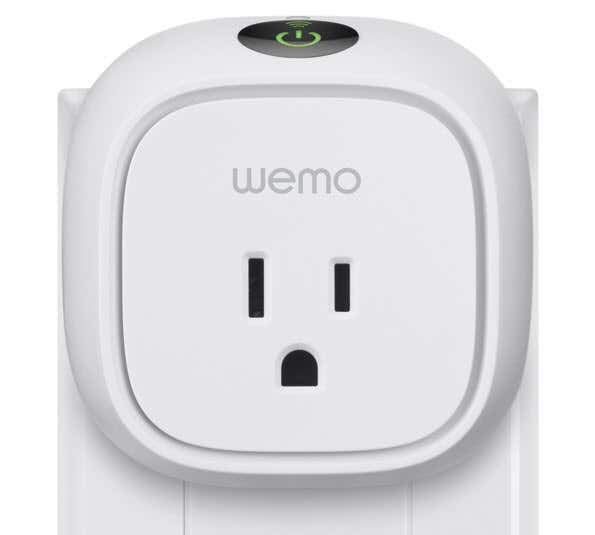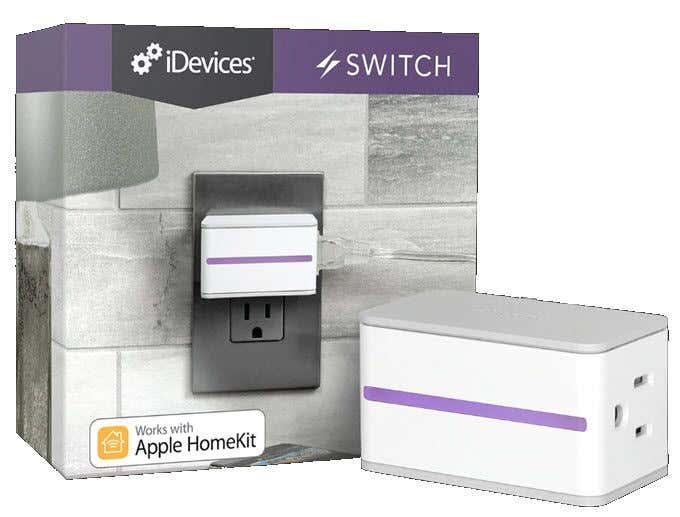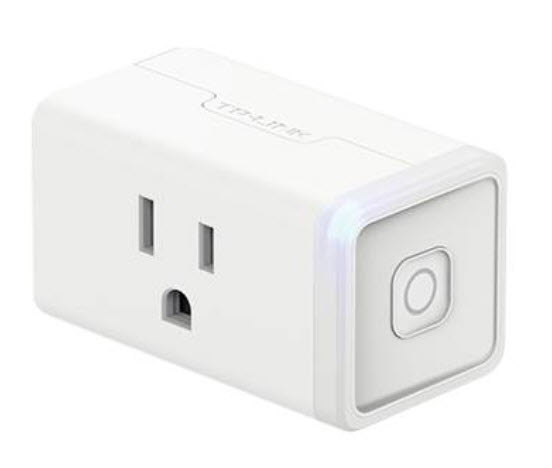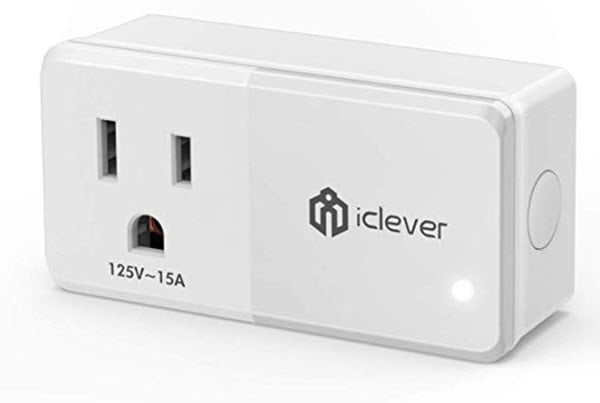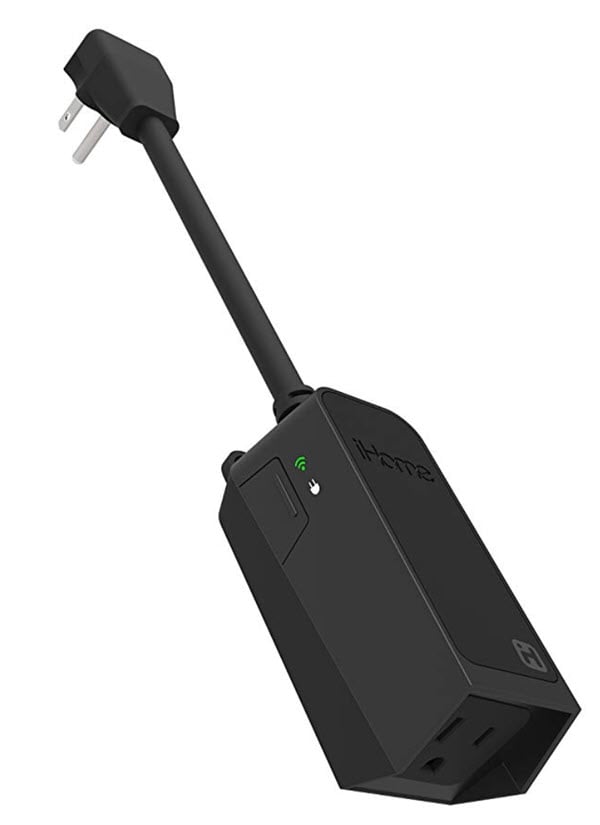The only way to stop phantom power is to shut off the flow of electricity to that device—and the easiest way to do that without unplugging an appliance when you’re done is through a smart plug. Smart plugs can confuse even the most tech-savvy person, however. To help you decide which one of these plugs is right for you, we have narrowed down the top five best smart plugs you can buy right now, in February of 2019. Belkin went above and beyond with this model by providing something few other smart plugs do: energy monitoring software. While not as robust as a whole-home monitoring system, you can monitor how much power the device plugged into your WeMo Insight draws on a daily and hourly basis. For a single plug, the price point is a bit high at $38.39. There is no web support, so you can’t access and control the plug via the web, and the phone app can be a bit tough to use at times. Despite this, the energy monitoring makes it one of the foremost choices on the market, especially for people that are serious about reducing their utility costs. The downside is that it isn’t the most compact design for a plug. The outlet redirects the plug to the side, which can be a bit inconvenient (or not) depending on the device. While it isn’t likely to block the second slot on a wall outlet, the iDevices Switch might not fit well on a power strip. It is lower-priced than the Belkin WeMo Insight at $29.95. TP-Link is another well-name name in the technology world. Aside from a long history of making routers, the company also produces some of the most popular smart plugs available today. The Kasa Smart Wi-Fi Mini Plug has a slim, narrow design that lets it fit into spaces other smart plugs might not—and because it doesn’t redirect the plug, you can stick it into a power strip without worry. It does not support Apple HomeKit, however. At $21.99, the Kasa is one of the least expensive options on this list. The downside is that it does not work with Apple HomeKit and does not have energy monitoring, but when you get two plugs for just $27.99, it’s hard to nitpick. The downside is that it doesn’t have energy monitoring or IFTT compatibility. While it would be nice to keep an eye on how much energy your award-winning Christmas light display uses, it’s not a necessity.
The Benefits of a Smart Plug
Smart plugs do more than let you control them via your voice; they can turn even a “dumb” device into a connected, Wi-Fi controlled appliance. They also provide peace of mind. If you have a small, sometimes chilly office (like the writer of this article), then space heaters become a necessity in winter. And if you ever forget whether you turned it off or not, a smart plug makes it easy to press a button on your phone and guarantee the heater has no power. The ability to connect traditionally non-connected devices to your home makes smart plugs a welcome addition to any home. Although some plugs take up more space than seems strictly necessary, the ones with a slimmer profile make it easy to control your house by saying, “Hey Google, turn on the living room lamp.” A smart plug lets you bring your antique, heirloom 1950’s lamp into 2019.
